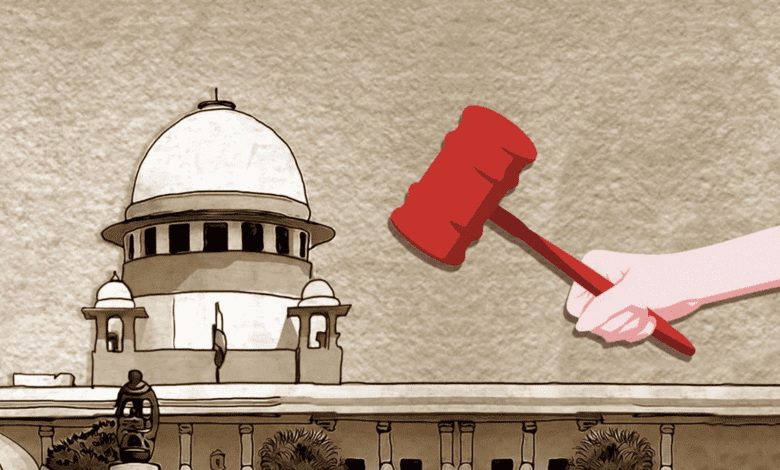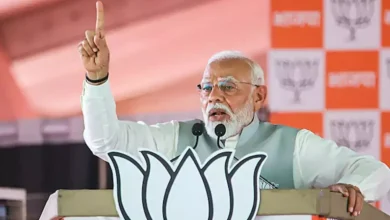
They say ‘Justice delayed is justice denied,’ it seems like Indian courts have reached the record high of denying justice to citizens with over 4.6 crore cases pending in India’s three-tier judiciary.
On Tuesday, the total pending cases in district and subordinate courts stood at 4,00,25,060. It was 3.2 crore at the start of the Covid pandemic in March 2020.
In the three-tier judiciary, including in the Supreme Court and 25 high courts, the pendency of cases has significantly increased in the past one-and-a-half years, from 3.7 crore in March 2020 to 4.6 crore now — almost one crore cases were added during this period.
The Supreme Court alone has 70,000 cases currently pending, which was 60,600 in March last year.
One of the reasons behind such a significant rise in pendency is the inability of the justice delivery system to adapt to the new challenges and swiftly migrate to the digital format and the e-courts system.
Former Supreme Court judge Justice (retd) Markandey Katju had said in an article in The Tribune in 2019 that “it is estimated that if no fresh case is filed, it will take about 360 years to clear the backlog” of cases in all the Indian courts. He was writing at a time when the total pendency stood at about 3.3 crore cases.
The Chief Justice of India, a couple of months ago had told a judicial conference that the perception regarding pendency of cases in Indian courts as being reflective of the “inability of the Indian judiciary to cope with the caseload is an overstatement and an uncharitable analysis”, adding though that people in the country know that “when things go wrong, the judiciary will stand by them”.
Another factor that is often blamed for delays is the existence of vacancies across the judicial system. Reports suggest that there are more than 400 judges’ positions vacant across the 25 high courts, while the lower judiciary has posts of 5,000 judges lying empty. The apex court too has four vacancies.



